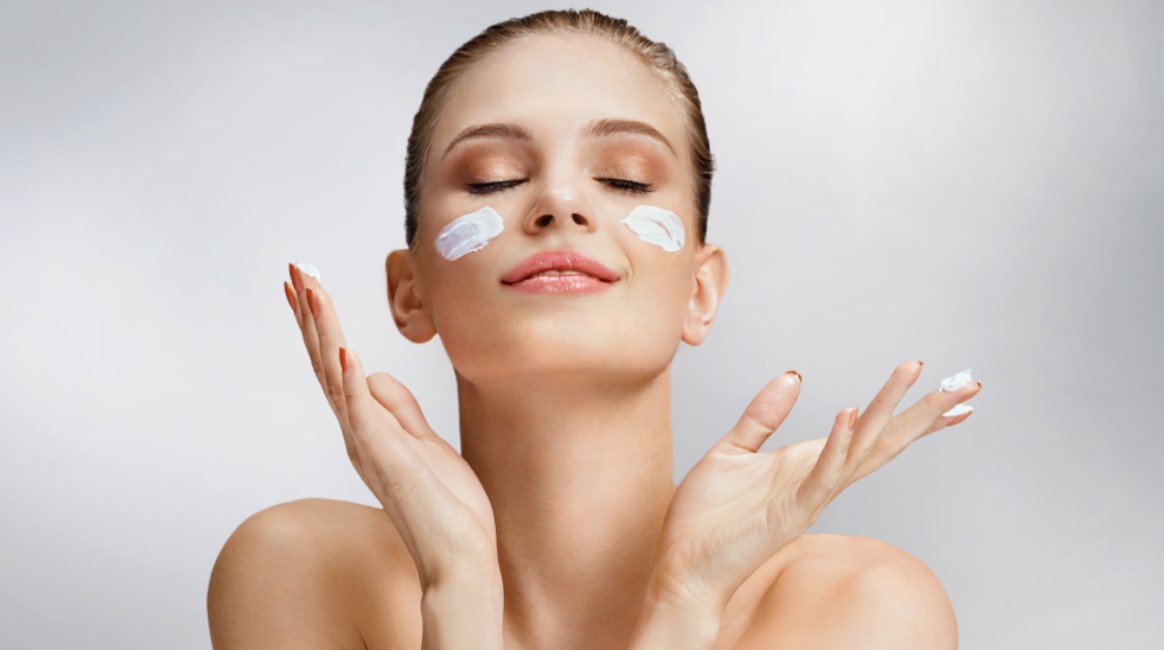Mole mapping is a critical component of dermatological care, particularly in regions like Dubai and the UAE, where intense sun exposure increases the risk of skin abnormalities. While the primary focus of mole mapping is on detecting potential skin cancers, there’s an increasing intersection with cosmetic dermatology. Patients often express concerns about the aesthetics of their skin, especially when moles are located in visible areas. This article explores how mole mapping and cosmetic dermatology can coexist without compromising patient safety, emphasizing the importance of a comprehensive approach.
Page Content
Understanding Mole Mapping
Mole mapping is a systematic process used to monitor moles and other skin lesions over time. The procedure involves a detailed examination of the skin, often using dermoscopy and high-resolution photography, to document the size, shape, and color of moles. This allows dermatologists to detect any changes that may indicate the early stages of skin cancer. The procedure is particularly valuable in the UAE, where high UV exposure can increase melanoma risk. Regular mole mapping is recommended for individuals with multiple moles, fair skin, or a family history of skin cancer.

The Role of Cosmetic Dermatology
Cosmetic dermatology focuses on improving the appearance of the skin through various treatments, such as laser therapy, chemical peels, and fillers. In Dubai, where appearance and aesthetics are highly valued, the demand for cosmetic dermatology services is substantial. However, integrating cosmetic procedures with mole mapping requires careful consideration. Cosmetic interventions must not interfere with the ability to monitor moles accurately. For instance, procedures that alter the skin’s surface can obscure changes in moles, making it essential to balance aesthetic desires with medical needs.
Addressing Concerns: Safety First
Safety is paramount when combining mole mapping with cosmetic dermatology. Dermatologists must ensure that cosmetic treatments do not compromise the integrity of mole monitoring. For example, laser treatments and other procedures should avoid areas where moles are located to prevent masking changes that could indicate malignancy. At clinics like Proderma Clinic in Dubai, protocols are established to prioritize patient safety. Cosmetic treatments are carefully planned around mole mapping schedules to ensure that no critical monitoring is missed, allowing patients to pursue cosmetic enhancements without jeopardizing their health.
Non-Invasive Cosmetic Options
Non-invasive cosmetic options are particularly beneficial for patients concerned about aesthetics without compromising mole mapping. Treatments such as microdermabrasion or certain types of facials can improve the skin’s appearance without affecting mole surveillance. These procedures do not penetrate deep into the skin, thus preserving the ability to observe and document moles accurately. This approach is gaining traction in Dubai, where patients often seek subtle improvements that enhance their appearance while maintaining a vigilant approach to skin health.
The Importance of a Tailored Approach
A personalized approach is crucial when addressing concerns about mole mapping and cosmetic dermatology. Each patient’s skin type, medical history, and cosmetic goals must be considered to develop a plan that meets both health and aesthetic needs. In the UAE, where diverse skin types are common, a tailored approach ensures that treatments are suitable for each individual. Dermatologists in Dubai are increasingly adopting patient-centric models that allow for customized care, integrating mole mapping with cosmetic dermatology seamlessly.

Technology and Innovation in Mole Mapping
Advancements in technology have significantly enhanced the effectiveness of mole mapping. High-resolution imaging and artificial intelligence are now used to detect minute changes in moles that may not be visible to the naked eye. In the UAE, where the tech-savvy population embraces new innovations, clinics are adopting these technologies to provide comprehensive skin assessments. This technological edge not only improves the accuracy of mole mapping but also allows for better integration with cosmetic dermatology by precisely identifying areas that require monitoring.
Navigating Patient Expectations
Managing patient expectations is a key aspect of combining mole mapping with cosmetic dermatology. Patients often have specific aesthetic goals but must be educated about the importance of regular mole monitoring. Dermatologists need to communicate the potential risks of certain cosmetic procedures and how they might impact mole mapping. In Dubai, where the pursuit of flawless skin is common, setting realistic expectations ensures that patients do not compromise their long-term health for short-term cosmetic results.
The Role of Education and Awareness
Education plays a vital role in ensuring that patients understand the balance between cosmetic dermatology and mole mapping. Awareness campaigns in the UAE can highlight the importance of regular skin checks and the risks associated with neglecting mole monitoring. By educating the public, dermatologists can promote a more informed approach to skin care, where aesthetics and health are not mutually exclusive. Clinics like Proderma Clinic contribute to this effort by offering informational resources and consultations that address both cosmetic desires and skin health needs.
Regulatory and Ethical Considerations
In the UAE, regulatory bodies oversee the standards for dermatological care, including mole mapping and cosmetic procedures. Adherence to these regulations ensures that clinics maintain high levels of safety and professionalism. Dermatologists must navigate ethical considerations, especially when patients request cosmetic procedures that could interfere with medical monitoring. Ensuring compliance with guidelines set by health authorities in Dubai reinforces the commitment to patient safety and upholds the integrity of dermatological practice.
Conclusion
Mole mapping and cosmetic dermatology can coexist without compromising patient safety, provided that a careful, individualized approach is taken. In Dubai and the wider UAE, where the demand for both medical and cosmetic skin care is high, dermatologists are well-positioned to offer integrated services that address both concerns. By prioritizing safety, embracing technology, and maintaining open communication with patients, clinics like Proderma Clinic are leading the way in delivering comprehensive dermatological care that meets the evolving needs of their clientele. The key lies in balancing aesthetic aspirations with the critical need for vigilant skin monitoring, ensuring that patient health remains the top priority.

Skateboarder, feminist, DJ, hand letterer and HTML & CSS lover. Doing at the sweet spot between beauty and function to create great work for living breathing human beings. I’m fueled by craft beer, hip-hop and tortilla chips.